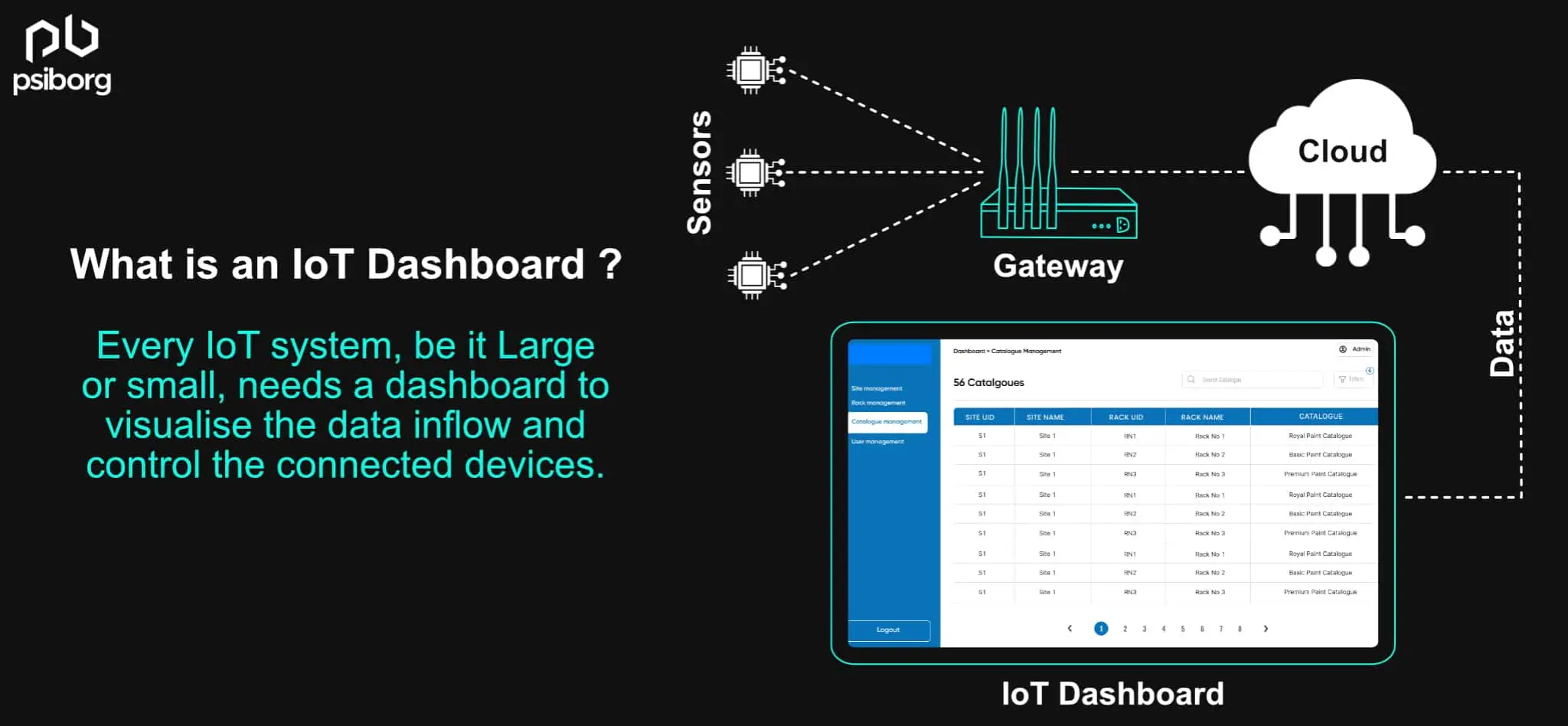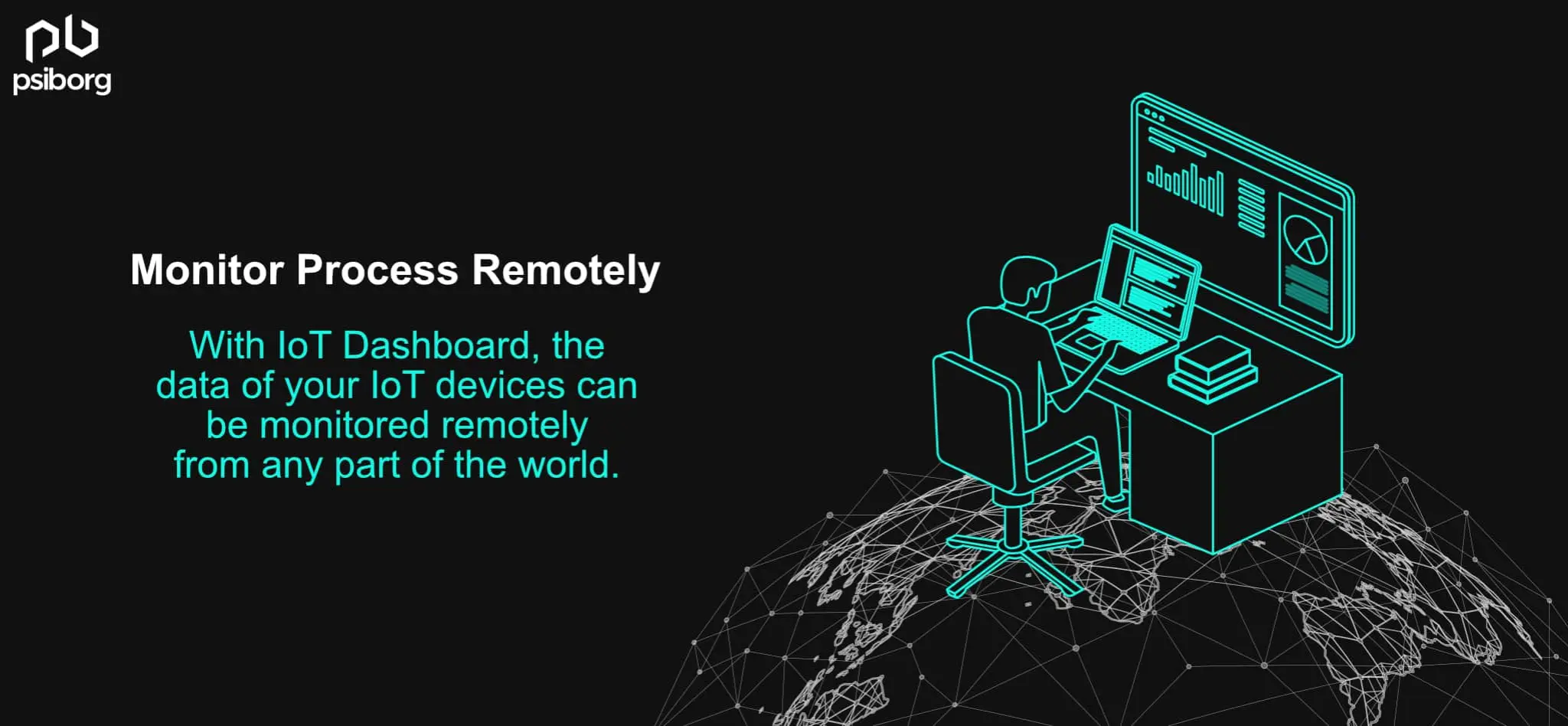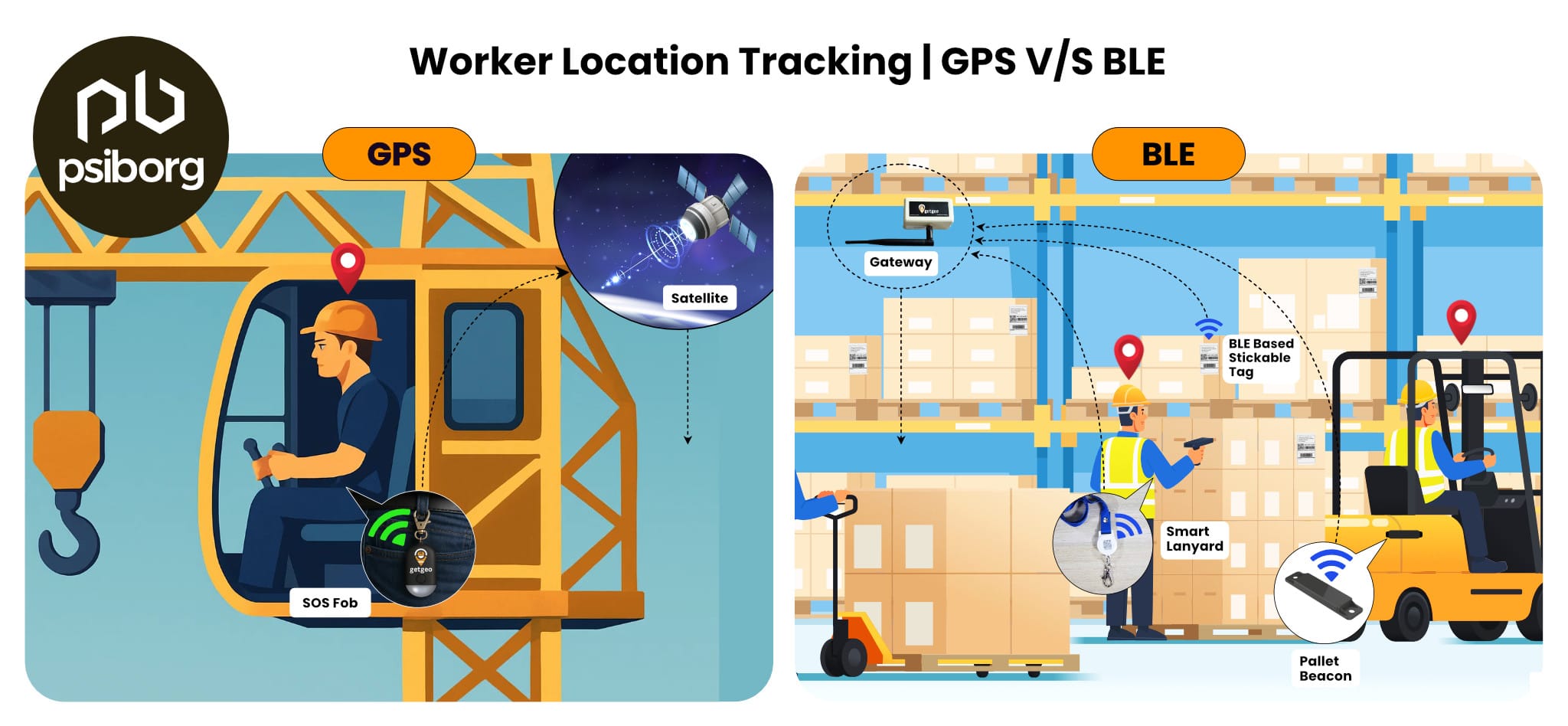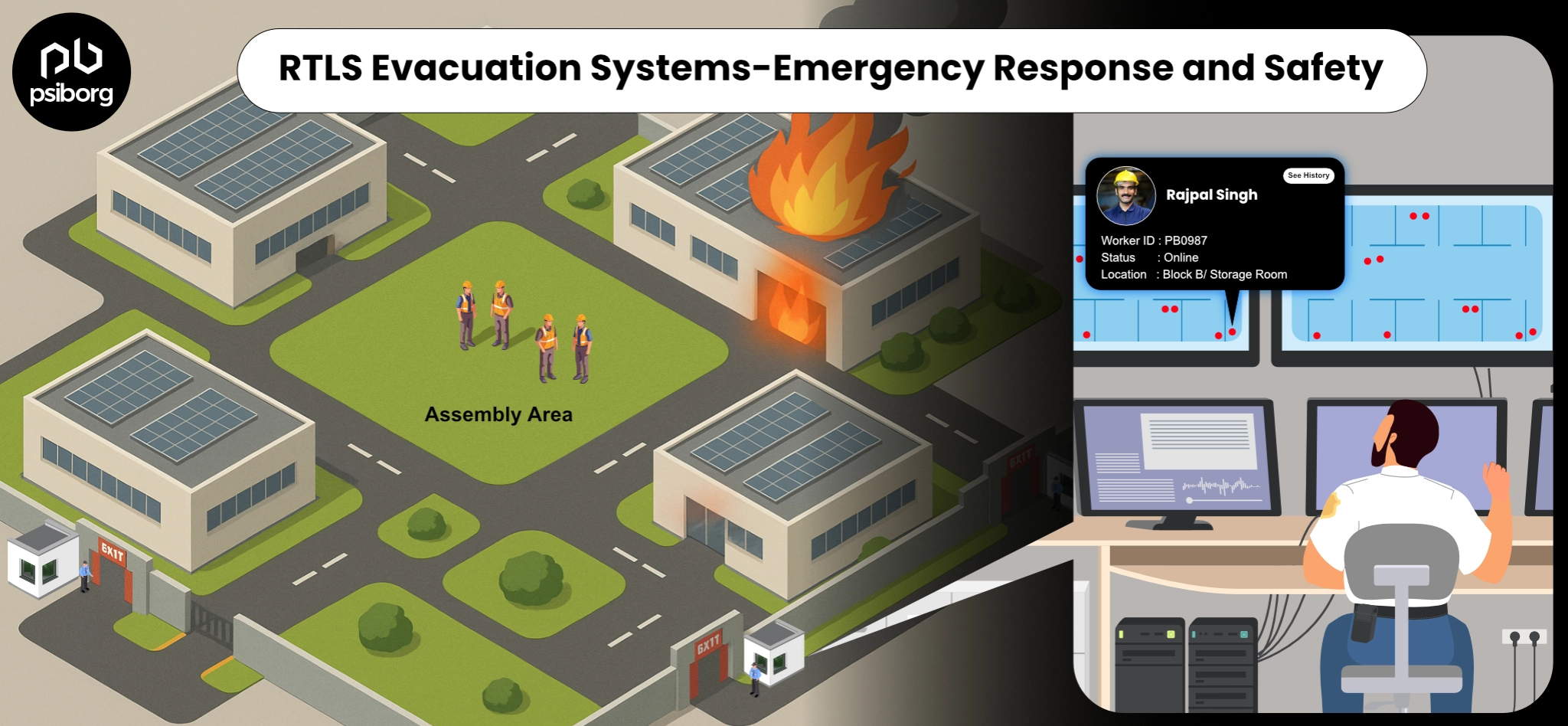The modern digital age today has brought about a data explosion. With so much data floating around, it is quite natural to miss valuable insights from this huge data. The Internet of Things era has given us billions of interconnected devices that are constantly churning out large amounts of data. It doesn’t matter which IoT application or IoT platform you are using. Loads of information churned out by these devices are of little use if we are not able to control and process this data. All these tasks of controlling, structuring, processing, and refinement of data are performed by IoT dashboards. Thus, an IoT dashboard, also known as a control panel for IoT devices, is an integral requirement of any IoT-enabled platform/ecosystem as it helps turn massive amounts of data into actionable insights.
In the present article, we shall discuss more IoT dashboards, the need for them, benefits, different features of IoT dashboards, examples of IoT dashboards for IoT services, and data analytics in IoT dashboards.
WHAT IS AN IOT DASHBOARD?

An IoT dashboard is the visual interface provided in the IoT platform that helps users see and interact with the devices connected to the IoT platform. The user interacts with the connected devices with the help of visual data representation tools such as graphs, charts, and other UI tools. Dashboards enable the user to collect, control, and process data seamlessly. In short, it’s a visual tool provided for you to manage all the data your IoT devices collect. IoT Dashboard and IoT platform are used interchangeably, however, IoT dashboard is a subset of IoT Platform.
A good feature of IoT dashboards is that they are highly customizable. At the same time, the fact that they can be customized as per the user’s needs and preferences doesn’t mean that customization of the IoT dashboard would disrupt the processing of device data. Customization also enables the user to transfer the IoT device’s data for reporting, analytics, customer relationship management, etc.
WHY DO WE NEED AN IOT DASHBOARD?
The IoT dashboard has the capability to communicate with other devices on the network, as well as perform various tasks related to processing and refinement of the data collected. It helps you access historical data, and real-time data, and also helps you sort, organize, transmit, and analyze data conveniently. The IoT dashboard can help you accomplish many goals. Here are some of the reasons why you need an IoT dashboard.
- Gives you the capability to collect, transmit, and analyze data in real time.
- Enables remote/long-distance monitoring of processes and procedures. This capability of IoT is already being exploited in the healthcare industry for telemedicine and other clinical decision support systems. Even in industrial IoT, the IoT dashboard helps in predictive maintenance reducing equipment downtime, costs, and increasing profitability.
- Advanced IoT dashboards help you process complex datasets to give you actionable insights that carry a lot of value in helping businesses profit, and also in the betterment of many sectors, research and development.
COMPULSORY IOT CONTROL PANEL FEATURES
Whether you have a ready-made IoT platform or a customized one, you will need your IoT dashboard to have certain must-have features to fully exploit the capabilities that IoT devices have to offer.

Here are 3 of these indispensable IoT dashboard features:
ABILITY TO COLLECT LARGE VOLUMES OF DATA
IoT device data collection is the first and one of the most basic features of an IoT dashboard. This is an important requirement in an IoT dashboard. The primary aim of any IoT-enabled device is to collect data. Although IoT dashboards for use at the household/office level do not require very massive data collection capabilities, those at the industrial level or in the healthcare sector need large data collection abilities. Industrial IoT dashboards may need to collect and store various telemetry parameter data such as temperature, moisture, pressure, speed, vibrations, acceleration, humidity, etc. Sometimes additional features may be needed.
ABILITY TO PRESENT DATA IN VISUAL FORMS
The next step after the collection and transmission of data from the IoT device smart sensors is the sensor data visualization since the processing of the raw data is quite difficult and time-consuming. Care must be taken while turning the raw data into visual data. The resulting visual data must be user-friendly in order to be useful. Some of the common methods of visual data representation include bar graphs, pie charts, lists, histograms, heat maps etc.
The data visualization feature of the IoT control panel is the most crucial part of the IoT panel. The entire performance of the dashboard hinges on this feature of the IoT dashboard. Care must also be taken in the choice of the visual methods of data representation as per the needs and requirements of the user.
ABILITY TO PROCESS LARGE VOLUMES OF DATA IN REAL-TIME
The third and final must-have feature of an IoT dashboard is real-time IoT data processing, especially large volumes of data. This step requires careful integration of the sensor data into the IoT dashboard for seamless processing. Careful data analysis of IoT devices yields deep insights that are useful for driving business outcomes in the field of businesses such as logistics. The healthcare industry is one of those industries that requires data processing in real time. Telemedicine facilities will become better with real-time data processing. Even things like smart homes with smart lighting and air conditioning need data processing in real-time. Although dynamic visual data processing is difficult to achieve in real time, efforts are being made in this direction. The real-time processing of data also aids in the efficient monitoring of IoT devices.
DIFFERENT CONNECTION AND NETWORK TYPES IN AN IOT CONTROL PANEL/DASHBOARD
An IoT system consists of 3 layers, as under:
- Devices
- Gateways
- Data Systems
Data transfer between these 3 layers occurs through the following types of connections:
- Device-to-device direct connection
- Sensor Device for IoT Gateway connection
- IoT Gateway for database connection
- Between database systems
These connections can be supported by any one of the following networks:
- Personal Area Network (PAN)
- Local Area Network (LAN)
- Wireless Area Network (WAN)
- Low Power Wide Area Network (LPWAN)
WHAT TO CHOOSE: CUSTOM-MADE OR OFF-THE-SHELF IOT DASHBOARD?
While searching for an IoT solution, businesses must decide between developing a custom-made IoT dashboard or an off-the-shelf IoT dashboard.
This decision can make or break your IoT initiative. So, take this decision after careful understanding.
Here, we will help you decide between a custom-made IoT dashboard and an Off-the-shelf IoT dashboard by providing a full comparison between both options.
So read on to make a knowledgeable decision about the IoT dashboard.
CUSTOM-MADE IOT DASHBOARD
The development of a custom IoT Dashboard from scratch requires various resources and expertise. Nevertheless, with a custom IoT dashboard, you get the benefit of developing something tailored precisely to your needs. Adding features that suit your needs to a custom IoT dashboard will make it more personal.
The IoT dashboard development process will require a good amount of money and a skilled workforce. But this is a short-term thing. In the long term, it will help you save money by making your operations more effective and efficient.
Here’s a quick rundown of the pros and cons of choosing a custom-made IoT dashboard.
| PROS | CONS |
|
|
OFF-THE-SHELF IOT DASHBOARD
It is always possible to purchase an IoT dashboard if you don’t want to build it from scratch. They are significantly cheaper and ready to be implemented. However, you have to depend on the third-party vendor and their policies.
Also, with an off-the-shelf solution, you won’t get a customization option.
In addition, there is no one payment, you have to pay every month, and if you want to add an extra feature, you will have to pay for
| PROS | CONS |
|
|
IOT-DASHBOARD USE CASES
A few examples where IoT dashboards play a key role are
ENERGY AND ENVIRONMENT MONITORING
IoT Energy monitoring system includes planning and management of power consumption patterns in different settings such as residential and industrial. IoT dashboards help in the effective integration of energy economy concerns with environmental control needs. An HVAC system is a case example. In Multi-Storey buildings and offices, it becomes very important to monitor the power consumption of ACs .
IOT-ENABLED GPS TRACKING OF VEHICLES BY LOGISTICS COMPANIES
Although GPS tracking is quite an old method used by logistics for tracking vehicles, it is worthwhile to upgrade it and benefit from IoT systems. IoT dashboards integrated with GPS tracking help optimize logistical and fleet management by optimizing routes, and increasing fuel efficiency, weather conditions, and other factors. This can help increase profitability in the logistics business.
PRECISION AGRICULTURE USING IOT
Farmers are increasingly switching to precision agriculture with the help of IoT sensors with the aim to raise crop yields.
When real-time information from local sensors is integrated with third-party services, this can potentially generate recommendations for the farmers to cultivate and optimize the use of agricultural inputs, such as seeds and fertilizers. Besides, monitoring of greenhouses, animal breeding installations, etc. The help of IoT sensors brings added benefits. IoT-based Precision Agriculture is one of the most evolving sectors.
SERVER ROOM MONITORING USING IOT
The monitoring of the ambient conditions of the server room is vitally important since the server is the nerve center of all the data flows in the IT system of any organization. A server crash may disrupt the entire data flow and hamper the efficiency of various processes that rely on smooth data transfer. At the same time, server room monitoring can be a challenging task. With the help of IoT, however, the task becomes quite simple as IoT-enabled server room monitoring provides you with real-time alerts about ambient environment parameters such as temperature and humidity with the help of sensors. Thus, server room monitoring becomes quite easy with the help of IoT.
IOT BASED INDUSTRIAL MONITORING
Companies in the industrial sector are increasingly resorting to IoT-enabled platforms for industrial monitoring. One particular area of IoT application that is gaining traction in the industrial sector is predictive maintenance. IoT-enabled predictive maintenance is helping companies reduce equipment downtime and raise productivity. Sensors attached to critical machine parts send data regarding parameters such as vibration, temperature, etc. to the IoT dashboard, which is then analyzed to get real-time alerts regarding aching health.
Besides, IoT is also helping industries improve safety in their plants and factories through better monitoring and alert systems for critical and hazardous areas. Smart Office Automation helps save energy. IoT empowers office appliances, like Coffee machines, Air conditioners, and lights, to act smartly and respond to the needs of employees.
CONCLUSION
Hence, IoT dashboards are most effective in smart data collection, control, and processing of various systems to provide you with the full potentialities and possibilities that IoT offers.
We, at PsiBorg – an IoT service provider, have developed many IoT systems and custom IoT dashboards where data from IoT devices is stored, analyzed, and visualized on IoT Dashboards. If you are looking for a partner to develop an IoT control panel for your smart devices, then you are at the right place. Our expert team of Developers and Designers can help you in kick-starting your IoT solution.
FAQ
Ans. An IoT control panel is a dashboard that acts as a central interface, allowing users to monitor, manage, and control interconnected IoT devices and systems, facilitating real-time data visualization, remote operation, and automated processes across various connected technologies.
The IoT control panel includes features like device management, remote control, real-time data monitoring, alerts and notifications, automation, and scheduling. All these features together allow users to monitor and interact with their IoT devices, thus providing convenience.
IoT control panels find applications in various industries be it smart home automation, industrial manufacturing, fleet tracking, environment monitoring, healthcare, smart cities, eCommerce, energy usage, and more. IoT control panels are versatile and can be tailored as per your requirements.





